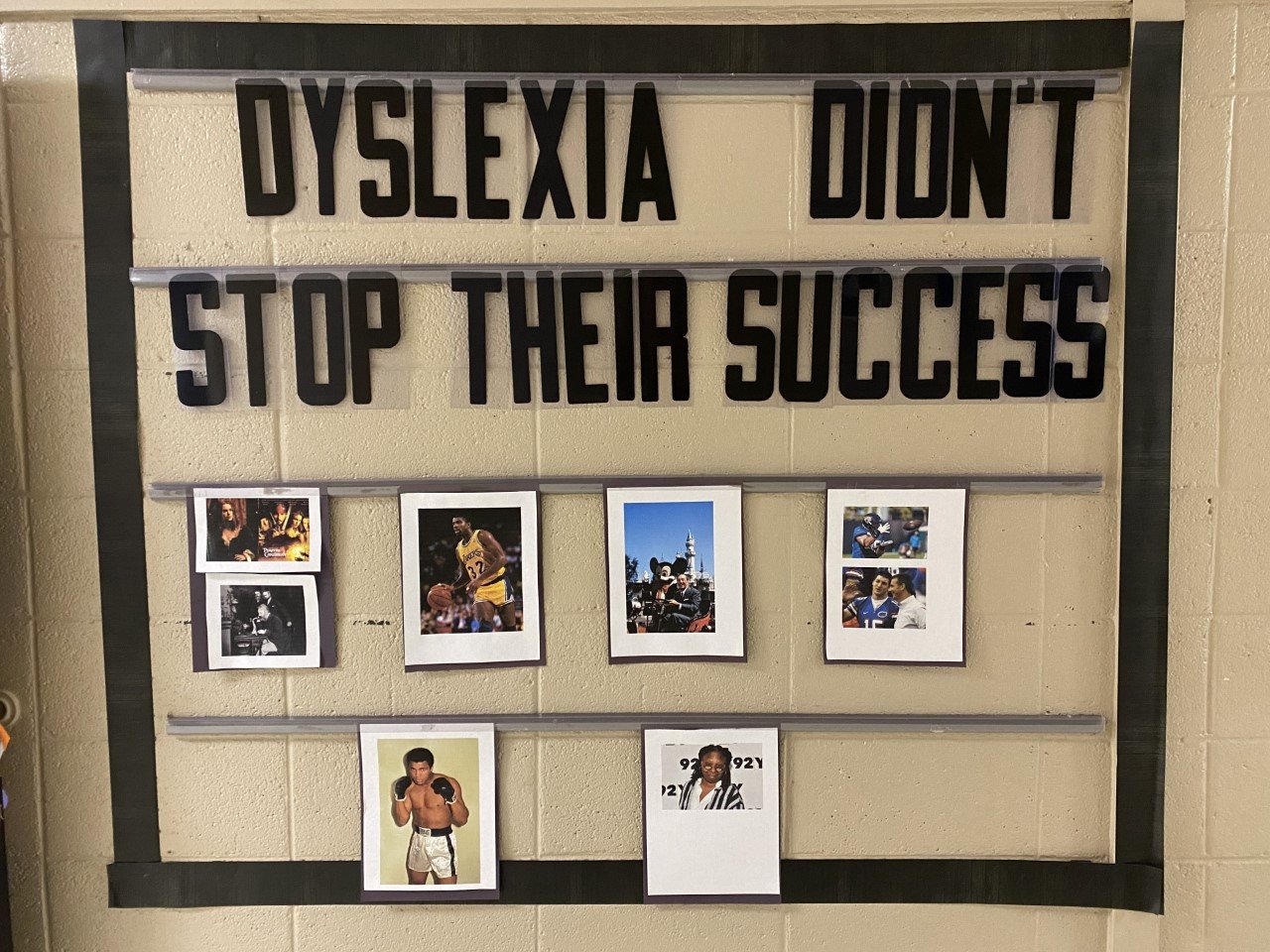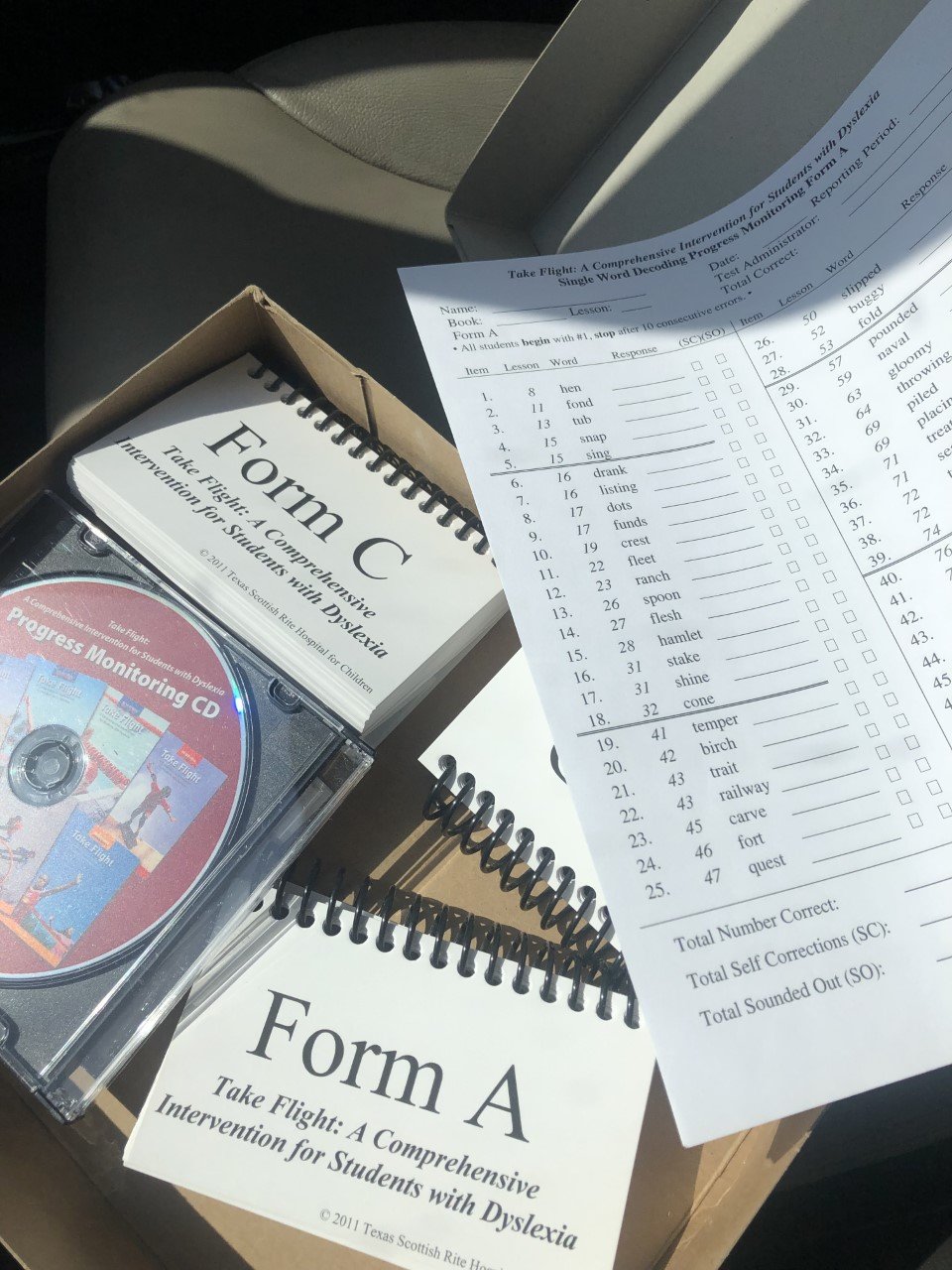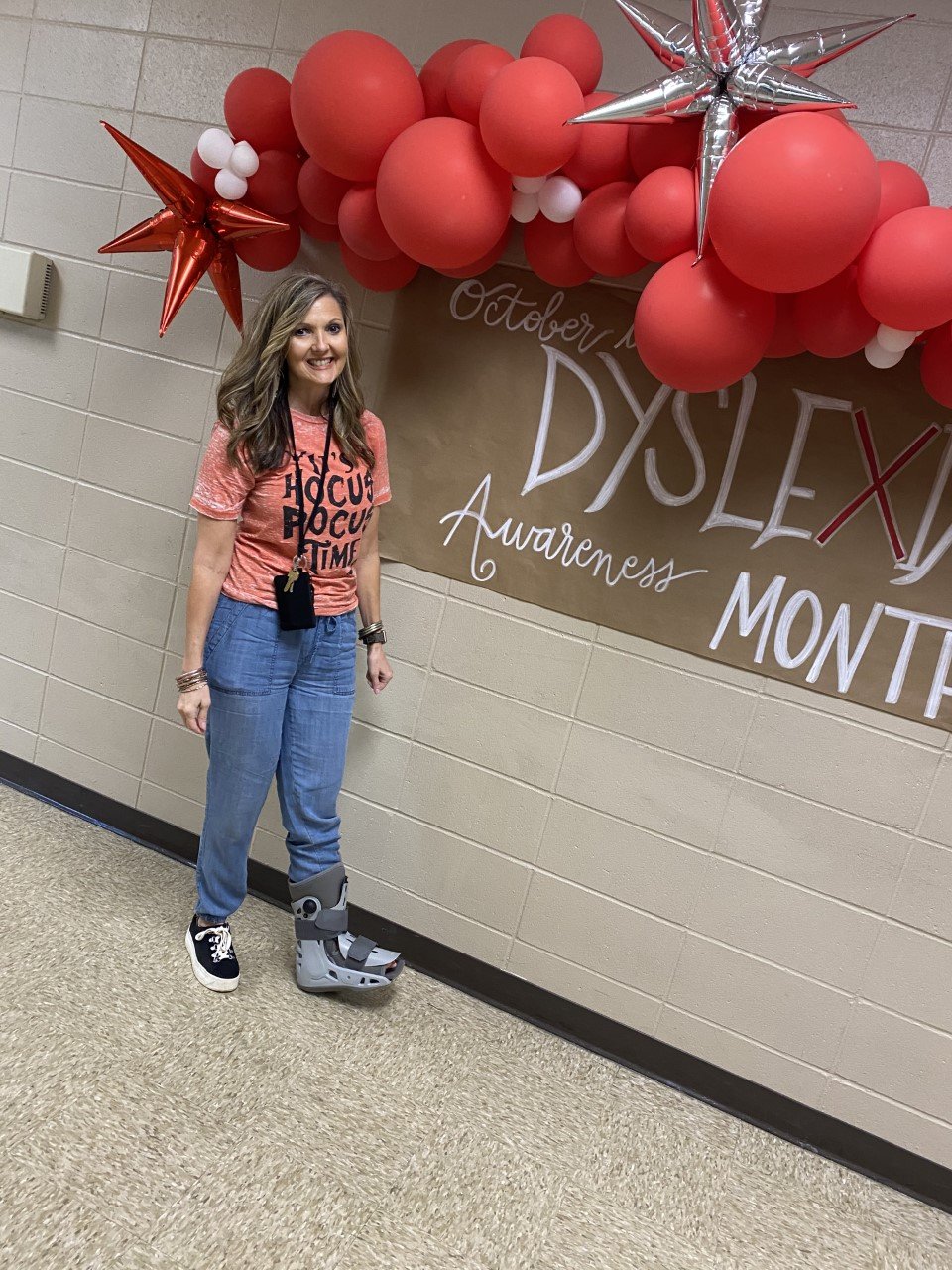
Struggling Grade School Readers Can Get Lost in Alabama Education System
Alabama Second Grader Faces the Challenges of Dyslexia
When Alabama mother Carrie Proctor noticed her 6-year-old daughter Mabry struggling to recall sight words, she brought attention of the issue to Mabry’s kindergarten teacher.
“I asked the teacher if she should be screened for dyslexia. They told me she was just middle of the pack—that it was no problem, and I shouldn’t worry about it,” Proctor said.
Proctor trusted the expertise of the professionals and sent her daughter to first grade. It was soon after the beginning of that school year that she realized no progress was being made.
“They told me that sometimes she can do it, she’s just not trying,” Proctor said.
Proctor simultaneously watched her daughter’s grades and confidence drop. Mabry went from primarily making A’s and B’s to consistently making C’s, D’s and F’s.
The pattern continued, and shortly after Mabry began her second-grade year, Proctor pulled her from public school. Because of COVID-19, Proctor was able to homeschool Mabry for a year and personally monitor her progress.
However, Proctor sent her daughter back to Hokes Bluff Elementary School in 2021.
“When we went back to public school—because her reading fluency count was low enough—they wanted her to repeat second grade. Unfortunately, that was something that I couldn’t get changed,” Proctor said
Proctor told the school she was concerned and did not believe her daughter should be retained. She said she did not want Mabry to be taken away from her friends and stand out from the other children.
“I said she’s going to be picked on for being so big in second grade. Everybody’s going to know she’s been held back. Sure enough, they have. It’s something that she brings up on a regular basis… that it’s just not fair,” Proctor said.
Throughout Mabry’s second grade year, Proctor has had to make many trips to the school to redo her 504 plan, a plan set in place for children with disabilities who may not qualify for special education but could benefit from accommodations.
Despite Proctor’s numerous requests for an Individualized Education Plan (IEP), the school continues to deny Mabry access to the accommodations that Proctor believes she would benefit from. Due to these circumstances, Proctor has relied on outside sources for the evaluations used to diagnose Mabry with dyslexia and consequently the specialized reading instruction that works for her.
“There’s a lot of people that couldn’t do that, and those are the kids that actually get left behind,” Proctor said.
Proctor said she feels for the children whose parents either can’t afford or don’t want to invest in their ability to read the way she has invested in Mabry’s. She said when other parents ask her who Mabry sees for intervention or who tested Mabry, she often has bad news to give—with the initial test being $650 and waiting lists for dyslexia therapists being so long.
“The school’s going to say you could have something wrong, and they could put you on this list… but by the time they get a diagnosis, they’re so far behind that they’re going to struggle academically for the rest of their public school career,” Proctor said.
The History of Literacy in Alabama
The National Assessment of Education Progress—otherwise known as ‘The Nation’s Report Card’—provides national, state and district level statistics based on students’ test results in various subjects. The data it gathers is presented on scales of 0-500, which are then used as comparisons between different states, districts and student groups.
According to an overview of the state by the Nation’s Report Card, National Assessment of Education Progress scores were first recorded in Alabama in 1992. That year, Alabama scored seven points lower than the national public in reading. Since then, the state’s scores in reading have continued to follow this trend, only reaching a score of average one time in 2011.
Alabama Rep. Terri Collins said she believes Alabama has made great progress. After two years of inaccurate test results due to Covid 19 in addition to the effects of Alabama changing assessments three times in the past ten years though, the state struggles to get an accurate picture of where it stands.
“Right now, comparisons we are using are from before the Literacy Act was even passed. They’re not fair for where we are now,” Collins said.
According to Sonya Yates, a member of Alabama’s Literacy Task Force, Alabama’s response to these consistently low and sporadic scores has revealed a sense of complacency.
“I guess every once in a while in Alabama, why can’t we have the best? We seem to be willing to settle for ‘it’s better than nothing’ or ‘it’s better than what we had,’” Yates said.
The voices of Collins, Yates, and other passionate teachers, state workers, parents and students are starting to be heard though.
In 2019, Alabama ranked 49th in the country in fourth grade reading proficiency, according to findings presented to Gov. Kay Ivey by the Alabama Campaign for Grade-Level Reading.
That same year, Alabama passed the Literacy Act, stating its aim was to “implement steps to improve the reading proficiency of public school kindergarten to third grade students and ensure that those students are able to read at or above grade level by the end of the third grade by monitoring the progression of each student from one grade to another, in part, by his or her proficiency in reading.”
Yates said, to her, the Literacy Act is a dyslexia bill in disguise—as it has the word ‘dyslexia’ in it 28 times throughout its 36 pages. Believed by these professionals to be one of the most comprehensive literacy acts in the nation, it covers everything from curriculum, intervention and job duties of reading coaches to what colleges of education in Alabama must teach their students.
“The Alabama Literacy Act brought an opportunity to have the gold standard in teacher training, interventions and core curriculum. I’m not sure that everyone sees the possibilities in that,” Yates said.
The Issues
Issues holding Alabama back include tenure, limited options for reading curriculums and districts and schools being resistant to change.
“I am not a supporter of tenure. I believe tenure leads to mediocracy,” Collins said.
The state also struggles to provide textbook options that meet the standards set in place by the Literacy Task Force, a group charged with providing recommendations for comprehensive core reading programs.
“If there were a perfect reading curriculum out there, we wouldn’t have a reading crisis in our nation. But, the most important thing to me is that if you know and you’ve been told that something doesn’t meet the requirements and that’s it’s not best for our students, why would you choose that,” Yates asked.
Another thing Yates said she did not understand was why Alabama has a ‘read by third grade’ policy instead of ‘read by first grade.’
“It doesn’t start in third grade. The truth is that if you come out of first grade not reading, up to 75% of those kids who are struggling continue to struggle throughout their academic career,” she said.
Auburn University sophomore Erin Hosmer can attest to this truth. As a kindergartener at Riverchase Elementary School in Hoover, Alabama, Hosmer struggled to read.
Unlike so many other students though, Hosmer’s challenges were acknowledged early. Before starting her first-grade year, she was placed in a summer reading program specifically designed for kindergarten students struggling in reading.
“It was definitely a privilege because a lot of kids don’t have access to tutors and that type of thing for help,” Hosmer said.
Hosmer later went on to make a 35 on the reading portion of the American College Test (ACT), a standardized test used for college admissions in the United States that scores students on a scale of 1-36.
Students aren’t the only ones recognizing that change needs to be made though. For Kim Gladden, a reading coach at Attalla Elementary School in Attalla, Alabama, having to watch so many children shut down because they could not read is what propelled her to action.
Gladden is currently finishing up her first year of Multisensory Language Education training for the Take Flight Reading Program, a comprehensive intervention program designed by the Scottish Rite Foundation for students with dyslexia.
“I pray every day if I can help teach kids to read it may help change their life course,” Gladden said.
According to both Yates and Collins, setbacks also include the fact that most textbooks still teach the balanced literacy approach instead of the newly accepted science of reading approach and that there are textbook vendors that put political agendas—such as climate change and vaccine mandates—that have nothing to do with reading in their books.
“It’s unfortunate that people choose to play political games with the lives of our students,” Yates said.
Both Collins and Yates said they believe political agendas play a large role in the way Alabama schools make their decisions. The curriculum adoption process is currently under way in many Alabama schools, and the question they face is whether to choose one of the two Literacy Task Force approved programs or deviate from the list.
Many schools have already made their decision to pick a program not approved by the task force. According to Yates, this might cause problems for them in the future.
“The truth is that if they don’t use one of the approved programs and then try to retain a child, they are setting themselves up for litigation and due processes,” Yates said.
Despite these challenges, Rep. Collins said Alabama’s progress is evident—with only four schools in the entire state having 50% or more of their students in the bottom quartile of literacy testing in 2021.
“I actually think this year’s data is going to look really good. I think we are going to have continued to make strong gains, and who it benefits the most are those students that have dyslexia,” Collins said.




